The Kiplinger Dividend 15: Our Favorite Dividend-Paying Stocks
The Kiplinger Dividend 15 are poised to benefit as falling interest rates lure investors back to dividend-paying stocks.

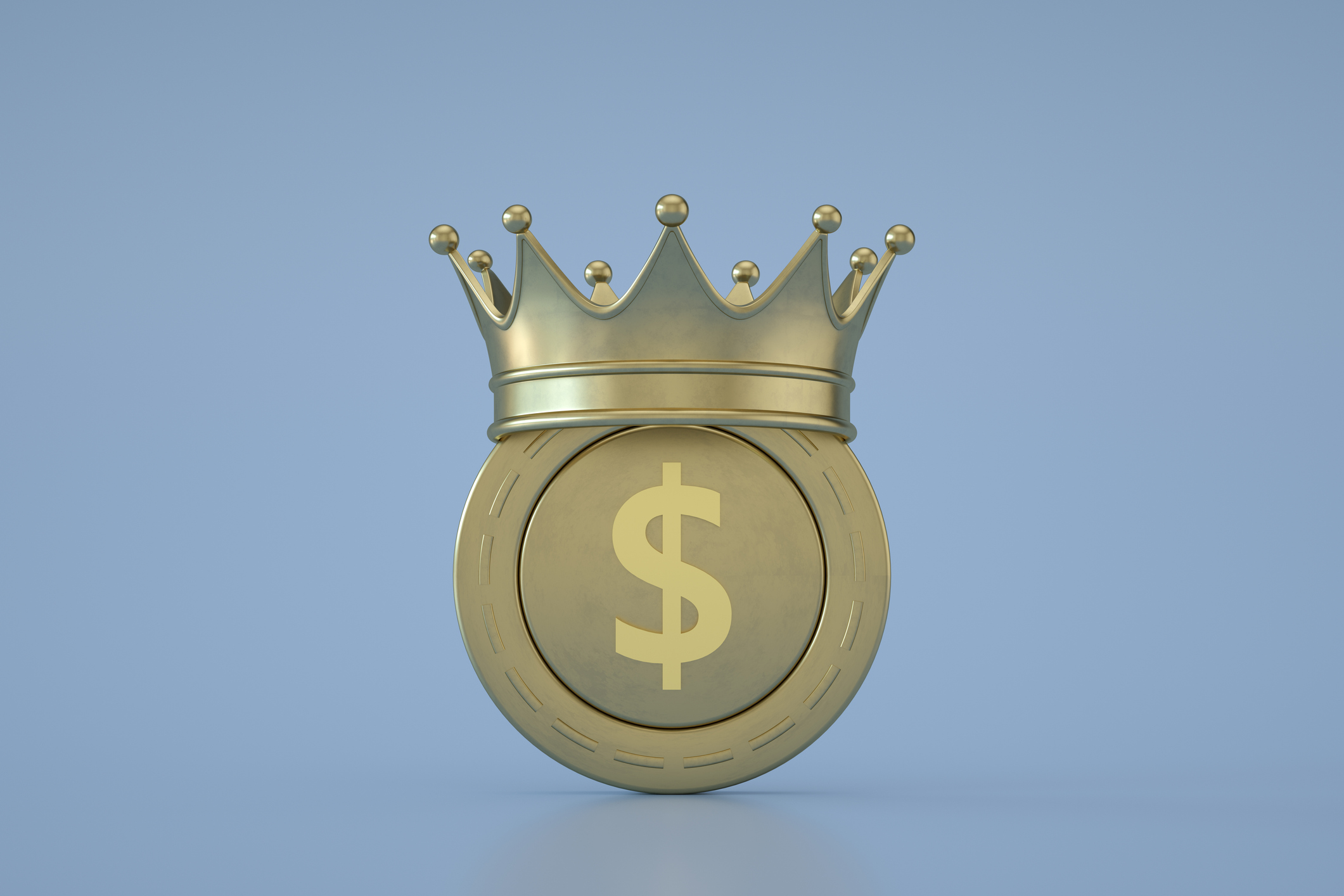
Dividend stocks have been in and out of fashion lately, depending on the path of interest rates and market sentiment overall. But for income-oriented stock investors, or those looking for a little defense in a frothy market, they're never really out of style.
The prospects for lower rates could provide a tailwind for dividend stocks in general to emerge from their holding pattern, as yields on competing investments shrink. But for the Kiplinger Dividend 15, the list of our favorite dividend-paying stocks (now in its ninth year), the past 12 months have already been largely rewarding.
The Dividend 15 gained 19.0% on average over the past 12 months, topping the 17.6% total return in the S&P 500 Index. Broadcom (AVGO) led with a 92.6% gain, and four others beat the broad market — McKesson (MCK), Walmart (WMT), Emerson Electric (EMR) and AbbVie (ABBV) . Another six posted double-digit returns.
Our methodology to find the best dividend-paying stocks
We divide our favorite dividend-paying stocks into three categories. The stalwarts are steady payers that have racked up decades of consistent dividend hikes. The dividend growers boast sizable increases every year and are typically increasing their rate of dividend growth. Members of our high-yield list are high-quality stocks that offer big payouts.
The average yield for the Dividend 15 as a whole is 2.5%, more than double the 1.2% yield of the S&P 500. Only four of our members — McKesson, Mastercard (MA), Broadcom and Walmart — have yields below the S&P 500 average.
Our 15 members increased their dividend 7.8% on average over the past 12 months compared with the previous year. The dividend growth rate in the S&P 500 has averaged 5% over the past five years.
Tweaks to the Kiplinger Dividend 15 roster
This year, we're making a couple of changes. We're removing AbbVie and Blackstone (BX) from the Dividend 15, replacing them with health insurer Cigna Group (CI) and U.S. Bancorp (USB).
AbbVie was in our growth category, but the pace of its dividend gains has slowed to the point that we believe there are better options.
Blackstone has been in our high-yield group since our first list in 2017. Although we admire Blackstone's policy of paying 85% of what it calls "distributable earnings" back to its shareholders, that makes for some lumpy payouts. More importantly, a two-year gain in the shares of more than 69% has driven the yield down to 2.3%, close to half of the 4% yield we have typically targeted. Blackstone has been a huge winner, gaining a cumulative 611% in eight years.
We don't advocate that investors sell Blackstone — or AbbVie either. The two stocks just don't fit our dividend parameters anymore.
Read on for the latest on the 13 stocks that remain, as well as our two new members. Prices, yields and other data are as of September 30, unless otherwise stated.

Dividend stalwart: Air Products & Chemicals
- Yield: 2.6%
- Annual dividend: $7.16
- Consecutive years of increases: 43
- Five-year dividend growth rate: 9.0%
- One-year total return: -6.0%
We're growing concerned that Air Products & Chemicals (APD) is gassed. The seller of oxygen, nitrogen and argon to industrial customers raised its dividend in January, the 43rd consecutive year of boosts. Its shares, however, have lost 6.0% over the past 12 months — even including a dividend that now gives the stock a yield of 2.6%.
Investors rebelled over the company's multibillion-dollar "green hydrogen" plans, and the CEO departed in February after losing his seat on the board in a shareholder vote. The company recruited Eduardo Menezes from its well-regarded U.K. rival Linde (LIN) for the top job. Activist investment firm Mantle Ridge, which prompted the election, made the case that the shares could trade in the $400s "under better stewardship and leadership."
But that might be a long-term aspiration. Analyst Sebastian Bray, of U.K. investment firm Berenberg, says that although investors expect the new CEO to implement a more disciplined cost-management and capital-allocation strategy, in the near term, the materials stock is fully valued, and investors may be too optimistic about the company's big clean-hydrogen projects.
Air Products' dividend-hiking track record should continue, and we'd like to give new management more time for a turnaround. Continuing lackluster returns, however, may prompt us to find a dividend stalwart with better prospects.
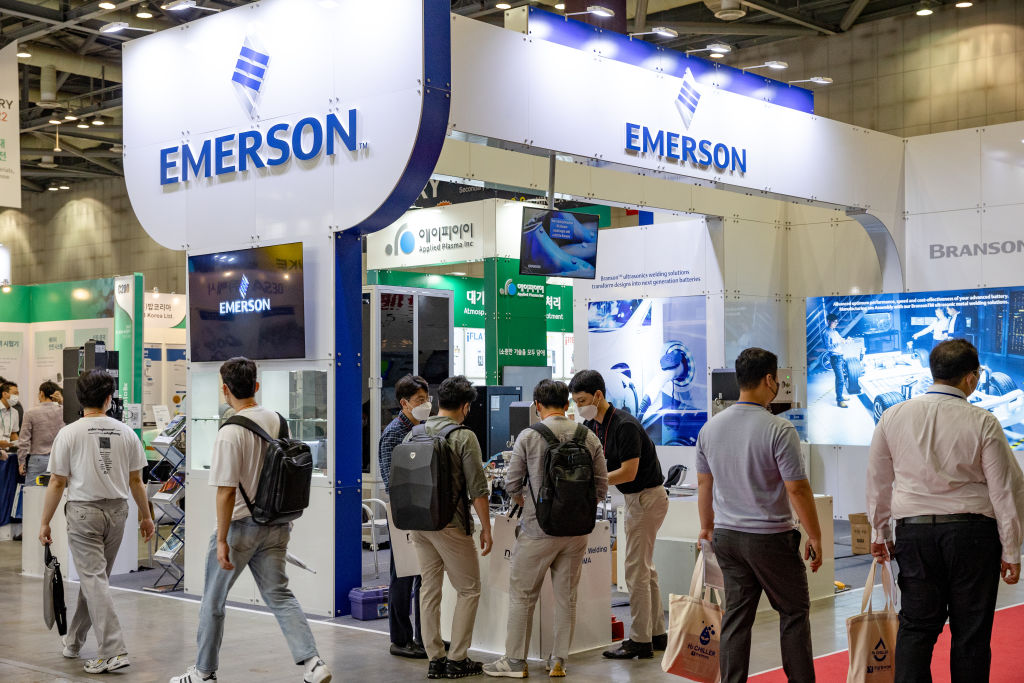
Dividend stalwart: Emerson Electric
- Yield: 1.6%
- Annual dividend: $2.11
- Consecutive years of increases: 68
- Five-year dividend growth rate: 1.4%
- One-year total return: 21.9%
Emerson Electric (EMR) has been, dare we say, electric, up 21.9% over the past 12 months. It's a reward for patient investors who saw the industrial stock lag industry peers as the market adjusted to a strategy shift in which Emerson sold off some businesses to sharpen its focus on automation products for a wide range of industries — think control systems and software that adjust the performance of valves and pipes in manufacturing plants, for one example.
The bulls have applauded the transformation. Analyst Nicholas Lieb, of Morningstar, calls the company the "undisputed powerhouse" of these manufacturing-process systems in North America, and he says Emerson is poised for several years of sales gains.
For now though, things have been a bit bumpy. Investors reacted poorly to earnings for the quarter that ended June 30 and the company's cautious forecast, sending the shares south. With the stock price down some 12% from its summer peak, analyst Andrew Obin, of investment firm BofA Securities, says investors have "an opportunity to buy pure-play automation at a discount." The stock yields 1.6%.
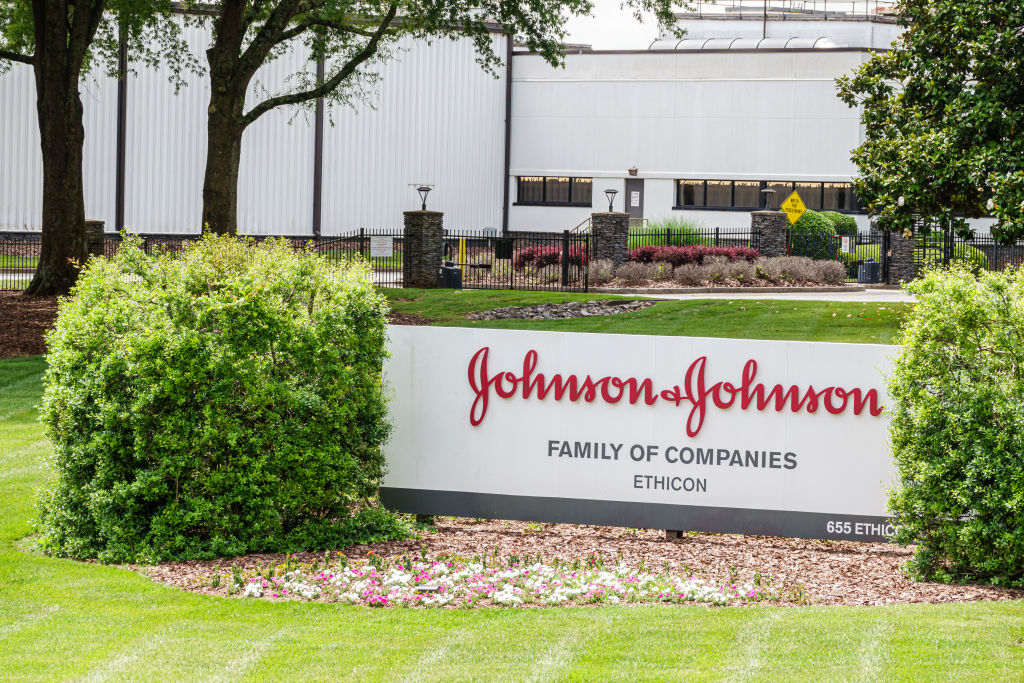
Dividend stalwart: Johnson & Johnson
- Yield: 2.8%
- Annual dividend: $5.20
- Consecutive years of increases: 63
- Five-year dividend growth rate: 5.5%
- One-year total return: 17.5%
Johnson & Johnson's (JNJ) decision to spin off its consumer business in 2023 now looks great for one of the oddest reasons: The spin-off, Kenvue (KVUE), and not J&J, is now the owner of Tylenol. That means J&J won't have to cope with the reputational damage dealt to the drug by the Trump administration's allegation that pregnant women who take Tylenol raise the risk of autism in their children. (Kenvue is down more than 26% over the past year, while J&J has returned nearly 18%, including a dividend that currently yields 2.8%.)
J&J is focused on prescription drugs and medical devices, and both businesses continue to generate wads of cash. The quarter that ended June 29 was a barn burner, with both segments exceeding investor expectations for sales growth. Analyst Vamil Divan, of investment firm Guggenheim, says management's forecast for sales growth in the second half of 2025 is higher than in the first half, and 2026 gains will top 2025's. Profits will grow at least as quickly, J&J thinks.
But like most of his peers, Divan has a Hold rating on the health care stock, as investor optimism has driven the shares close to full value. Expect J&J to add to its 63 years of dividend increases, but consider waiting for a better entry point if you're not already a shareholder.
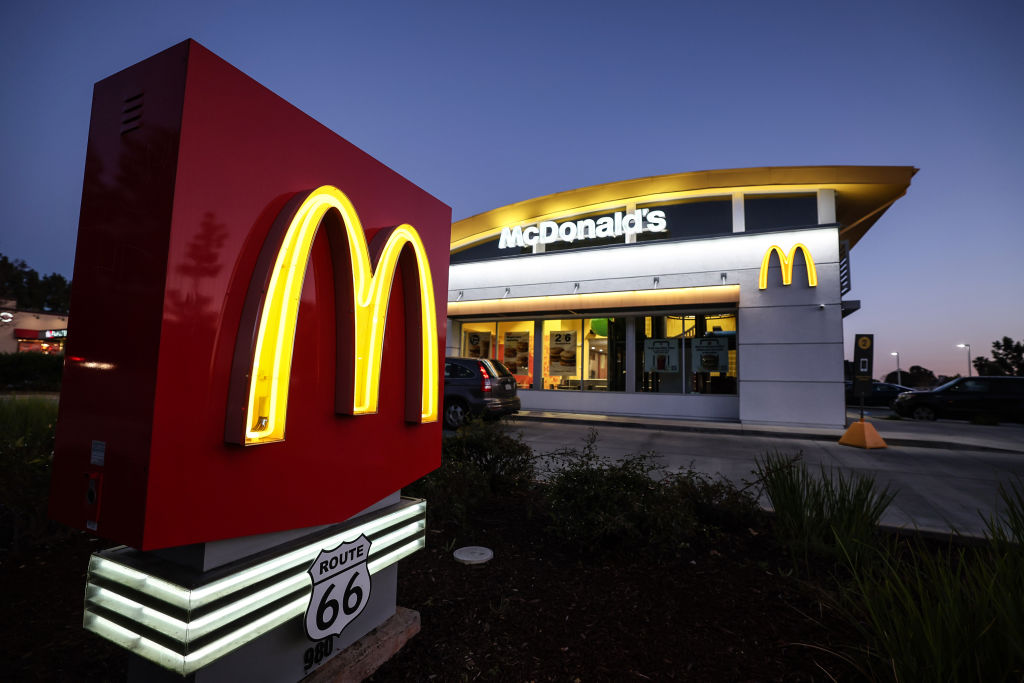
Dividend stalwart: McDonald's
- Yield: 2.3%
- Annual dividend: $7.08
- Consecutive years of increases: 48
- Five-year dividend growth rate: 7.5%
- One-year total return: 2.1%
Absent a dividend that currently yields 2.3%, the return in McDonald's (MCD) shares would have been slightly negative over the past year.
The fast-food giant is responding to the economic pressures felt by its core customers by bringing back Extra Value Meals — last seen before the COVID pandemic — and pricing them 15% to 20% or more below the cost of purchasing a sandwich, side and drink separately. (Currently, a combo order shaves just 10% to 11% off the price, says analyst Jeffrey Bernstein, of investment firm Barclays.)
If this sounds familiar, it may be because we highlighted McDonald's value-oriented steps a year ago, but the chain is doubling down on the value message as it battles cost increases and other headwinds, such as the growing adoption of weight-loss drugs. We still like the restaurant's record of 48 straight years of dividend hikes.
Although McDonald's might be a market performer for now, we view the company in much the same way analyst Andrew Strelzik, of BMO Capital Markets, does: "an attractive long-term investment as a premium brand with solid fundamentals, a durable model and strong cash returns to shareholders."

Dividend stalwart: Procter & Gamble
- Yield: 2.8%
- Annual dividend: $4.23
- Consecutive years of increases: 69
- Five-year dividend growth rate: 6.1%
- One-year total return: -8.9%
For decades, the Procter & Gamble (PG) story has been about a stable of billion-dollar brands, including toothpaste (Crest) and toilet paper (Charmin). Over the past year, another T was added to the story: tariffs.
For fiscal 2026, which ends June 30, the company estimates it will pay $1 billion in higher costs from tariffs, although currency-exchange rates will offset some of that. The combined effect could dent earnings growth by 6%, according to P&G.
In July, the company announced price hikes on one-fourth of its U.S. products. It also announced that chief operating officer Shailesh Jejurikar would take the reins as CEO in January.
Meanwhile, worries about tentative consumers trading down from P&G's upper-tier products have left investors tentative, too. The consumer staples stock lost 8.9% over the past 12 months after a terrific 31% gain in the previous year.
This could be considered terrible with a capital T, but we actually consider it tantalizing. There are few (if any) consumer-products companies that have the scale and stable of big-name brands that P&G has. And investors may be overly fearful about P&G's vulnerability to a recession, says analyst Nik Modi, of investment firm RBC Capital Markets. "We believe the company is much better positioned to deal with macro pressures today than during the 2008-09 downturn: more price tiers, enhanced innovation, and value messaging," he says.
P&G stock currently yields 2.8%; the company has paid a dividend for 135 years and has raised it 69 years in a row, the lengthiest run in the Kiplinger Dividend 15.

Dividend stalwart: Walmart
- Yield: 0.9%
- Annual dividend: $0.94
- Consecutive years of increases: 52
- Five-year dividend growth rate: 3.3%
- One-year total return: 28.8%
Walmart (WMT) has raised payouts for 52 years in a row, and yet the shares yield just 0.9%. That's because shares of the world's largest retailer have been on fire, returning 28.8% in the past year after rising 53% the year before.
The case for Walmart is that it typically does well in a good economy but can do even better when consumers get worried and switch to shopping for cheaper products. The company's results for the quarter that ended July 31 featured a 4.6% gain in same-store sales, a retail-and-restaurant metric that measures revenue from locations that have been open for at least one year. That led the retailer to boost its sales forecast for the fiscal year ending in January.
What's currently working in retail: convenience, value, online sales and locations that are not in shopping malls, says analyst Paul Lejuez, of investment firm Citigroup. "Walmart checks all four boxes."
Walmart stock, however, doesn't check the value box, trading at a rich price-to-earnings (P/E) ratio of 37 based on estimated earnings for the next 12 months. Although some fans say the premium P/E is justified, we'd wait for a dip to load up the cart.
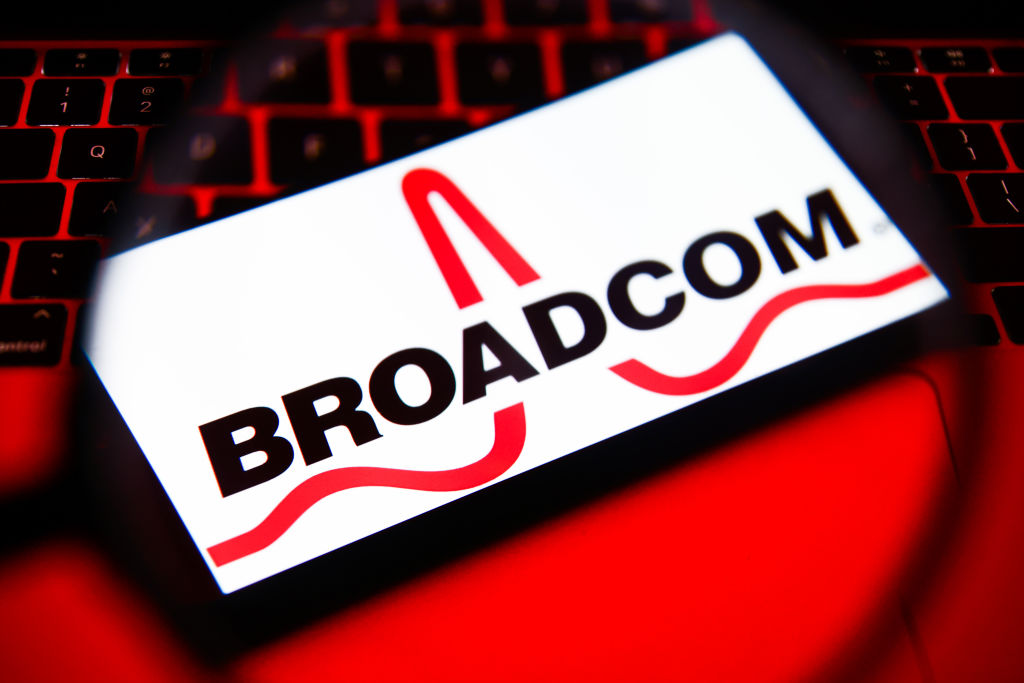
Dividend grower: Broadcom
- Yield: 0.70%
- Annual dividend: $2.36
- Consecutive years of increases: 14
- Five-year dividend growth rate: 14.7%
- One-year total return: 92.6%
We picked Broadcom (AVGO) for the Kiplinger Dividend 15 two years ago for the robust growth in its payout. We can't claim we expected the stock's otherworldly gains. The shares had a total return of 92.6% the past year after zipping up 110.2% the year before.
As for many of the market's leaders, artificial intelligence is Broadcom's not-so-secret sauce. The majority of the company's sales come from semiconductor chips, snapped up by companies whose end products are networking equipment, smartphones, broadband and storage. It is also one of very few sellers of high-tech components for iPhones. Yet it's not all hardware: After buying VMware in 2023, Broadcom also has robust business-software revenues.
The company's collection of tech seems to be firing on all cylinders. In the quarter that ended August 3, the company topped expectations for revenue and profits, reporting year-over-year increases of 22% and 35%, respectively. Management guidance suggests that growth will continue to increase even as the company itself becomes larger.
Argus Research analyst Jim Kelleher says despite the strong run in the AI stock, Broadcom still trades at a discount to peers. His 12-month price target for the shares implies another year of double-digit gains. The stock currently yields 0.7%, largely because the dividend payouts can't keep pace with the skyrocketing share price.
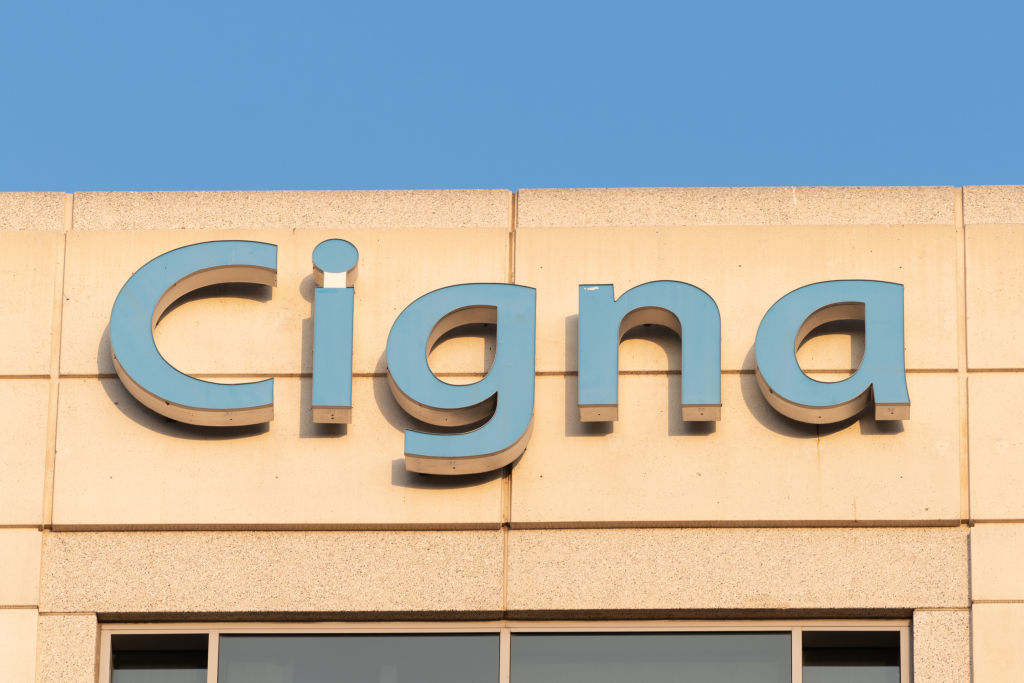
Dividend grower: Cigna Group
- Yield: 2.1%
- Annual dividend: $6.04
- Consecutive years of increases: 4
- Five-year dividend growth rate: 168.7%
- One-year total return: -15.1%
Investors are down on the health insurance industry, and that's understandable. Costs keep rising, and there's plenty of regulatory uncertainty. But many of the analysts who follow Cigna Group (CI) think the stock has been unfairly punished.
Analysts' average 12-month forecast for the company's share price is about 25% above current levels, and the shares trade at just nine times earnings, giving Cigna the lowest P/E in the Dividend 15. That offers a rare opportunity to pick up one of the best dividend growth stocks at what seems to be a discount.
For more than a decade, Cigna routinely paid a single, 4-cent dividend each year in the fourth quarter and gave investors nothing the rest of the year. In 2021, the company turbocharged the payouts, paying $4 instead. The company's annualized payout is now $6.04 per share, for a yield of 2.1%. Cigna can afford it. According to S&P Global Market Intelligence, the dividend represented just 32% of net income.
In recent calls with analysts, company execs have expressed confidence in Cigna's ability to deliver healthy earnings growth "along with an attractive dividend." Analysts expect annual earnings per share to increase 8.5% in 2025 and more than 11.4% in 2026, according to S&P.
"While the stock has been dragged down by the managed-care weakness," says analyst Michael Wiederhorn, of investment firm Oppenheimer, Cigna remains "the most in control of its own destiny," given the diversification of its business and its minimal exposure to government insurance.

Dividend grower: Home Depot
- Yield: 2.3%
- Annual dividend: $9.20
- Consecutive years of increases: 16
- Five-year dividend growth rate: 10.6%
- One-year total return: 2.3%
Investors may have gotten ahead of themselves expecting Home Depot (HD) to show immediate benefits from declining interest rates, which were supposed to boost the housing market.
A year ago, the retailer rode a 38% total return into our annual roundup of dividend stars. The home-improvement retailer's 2025 results have been soft, however, with the company expecting profits to come in about 2% below 2024 levels. Without the stock's dividend, currently yielding 2.3%, Home Depot's return would be flat over the past 12 months.
The stock's boosters — about two-thirds of analysts have a Buy rating — see proverbial green shoots in the company's current numbers. Analyst Michael Lasser, of investment firm UBS, points to sales gains that have outpaced U.S. retailers as a whole and an expanding profit margin. He sees the potential for a 15% gain in the stock price over the next 12 months.
Another bull, analyst Joseph Feldman, of research company Telsey Advisory Group, says Home Depot, which he considers one of retail's best-run companies, "should remain a long-term winner." He notes that Home Depot is making strides in serving the biggest of its "pro" customers, as in builders and companies that do major home renovations.

Dividend grower: Mastercard
- Yield: 0.5%
- Annual dividend: $3.04
- Consecutive years of increases: 12
- Five-year dividend growth rate: 14.9%
- One-year total return: 15.8%
Duopolies — industries that have just two major companies — generate tons of cash, which can then be used to pay dividends. That's why Mastercard (MA) earns a place in our Dividend 15 as a grower, despite a yield of just 0.5%.
Mastercard and Visa (V) dominate the processing of U.S. credit card transactions, with an estimated three-fourths of the market. (Mastercard's customers are the banks that issue the cards; other companies, such as American Express (AXP) and Discover, process transactions from the cards they issue.)
But Mastercard isn't just a U.S. story; only 30% of its revenue is generated stateside. Analyst David Koning, of Baird, who likes the financial stock, says that while domestic sales can still grow in the mid to high single digits over the next several years, Mastercard's international markets can generate double-digit growth.
And there's plenty of fodder for dividends. For 2025, analyst Alexander Yokum, of research firm CFRA, estimates that Mastercard will deliver more than $14.5 billion in free cash flow (money left over after operating expenses and spending to maintain or upgrade property and equipment). That will increase to more than $17 billion in 2026, he says, allowing for "attractive capital returns via buybacks, dividends and acquisitions, without neglecting growth prospects." Yokum sees the shares hitting $730 within 12 months, implying a gain of about 25%.
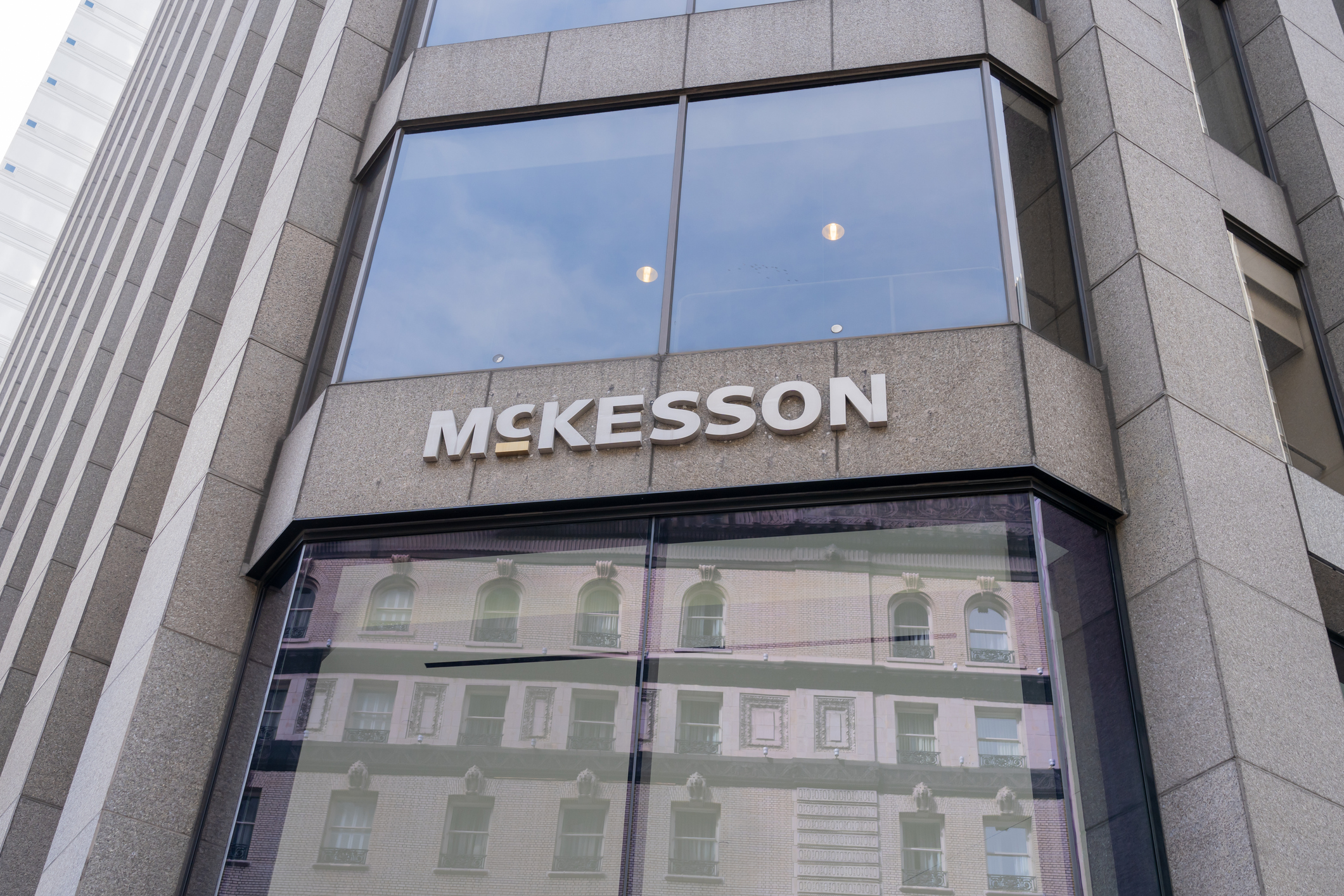
Dividend grower: McKesson
- Yield: 0.4%
- Annual dividend: $3.28
- Consecutive years of increases: 9
- Five-year dividend growth rate: 11.2%
- One-year total return: 56.8%
McKesson (MCK) joined the Dividend 15 in August after we excised the woeful UnitedHealth Group (UNH). The shares are up 56.8% in the past 12 months, although much of the gain came before we added McKesson, one of the U.S.'s three biggest drug suppliers, to our list.
Dividend growth has been accelerating at McKesson. Its five-year growth rate is just over 11%, but its past three annual payouts topped the previous year's by more than 14%, on average.
The company should be able to post the profits needed to keep the payout growing. In fact, McKesson gave its shares a jolt in September when it raised its forecast for annual earnings growth for the fiscal year that ends March 31, targeting a rate of 13% to 16%. Despite the recent investor excitement, the shares trade at a reasonable 19 times estimated earnings and yield 0.4%.
Analyst Daniel Rich, of research firm CFRA, says his Buy rating is bolstered by McKesson's profit margins, which he says are stronger than its peers, as well as the company's attractive profit and dividend growth.
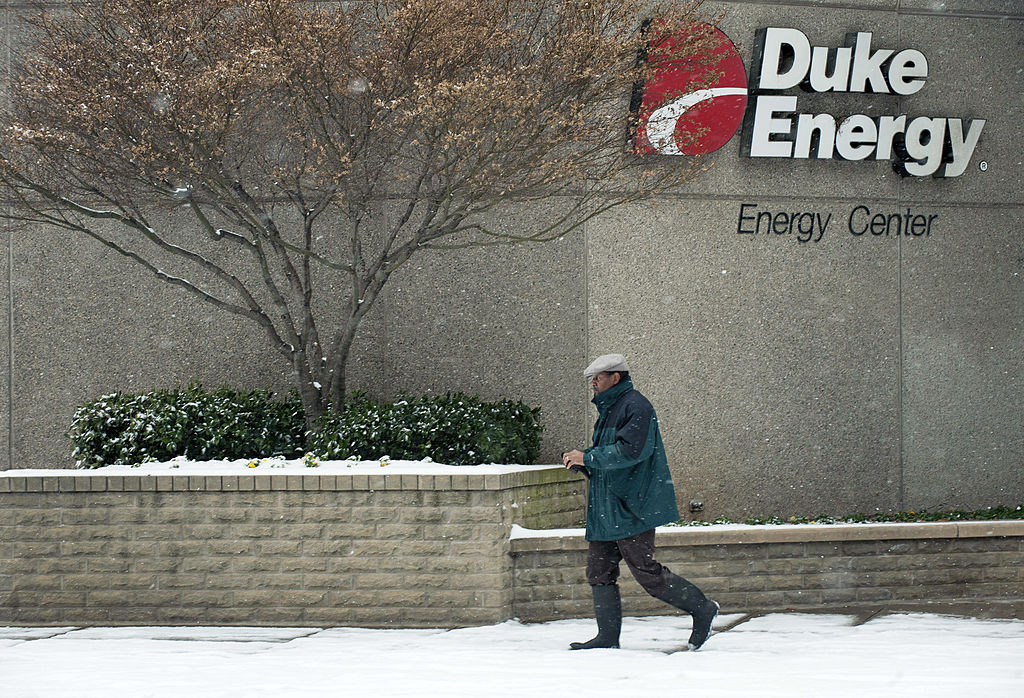
High yield: Duke Energy
- Yield: 3.4%
- Annual dividend: $4.26
- Consecutive years of increases: 18
- Five-year distribution growth rate: 2.0%
- One-year total return: 11.0%
Duke Energy (DUK) remains in our high-yield category even as its five-year dividend yield is settling below the 4% we've targeted for membership in the group. This year, we're dimming that bright line to help ensure that our high yielders are stocks with solid share-price appreciation, rather than market laggards. (A dividend yield can rise and stay high when a stock declines and remains depressed.)
We'd rather keep Duke, one of the largest U.S. utilities, on our list.
The electricity and gas company serves multiple states, most of them close to its home base in North Carolina. Duke is poised to benefit from the wave of AI-driven electricity demand. Meeting that need takes money, and Duke has a five-year, $87 billion capital spending plan. Investors had been worried that Duke would need to raise money in the next year by selling new shares, diluting the ownership of current stockholders.
So far, though, the company has avoided that prospect. Duke stands to collect nearly $10 billion, for example, from recent asset sales, including a stake in its Florida operations paid for with contributions over time to Duke's capital spending in the state. The innovative nature of the Florida deal "rewrote the playbook" for how utilities can raise capital, says analyst Julien Dumoulin-Smith, of investment firm Jefferies, ensuring that Duke can capture the demand surge from data centers "without the typical trade-off between growth and balance-sheet strength." The utility stock yields 3.4%.
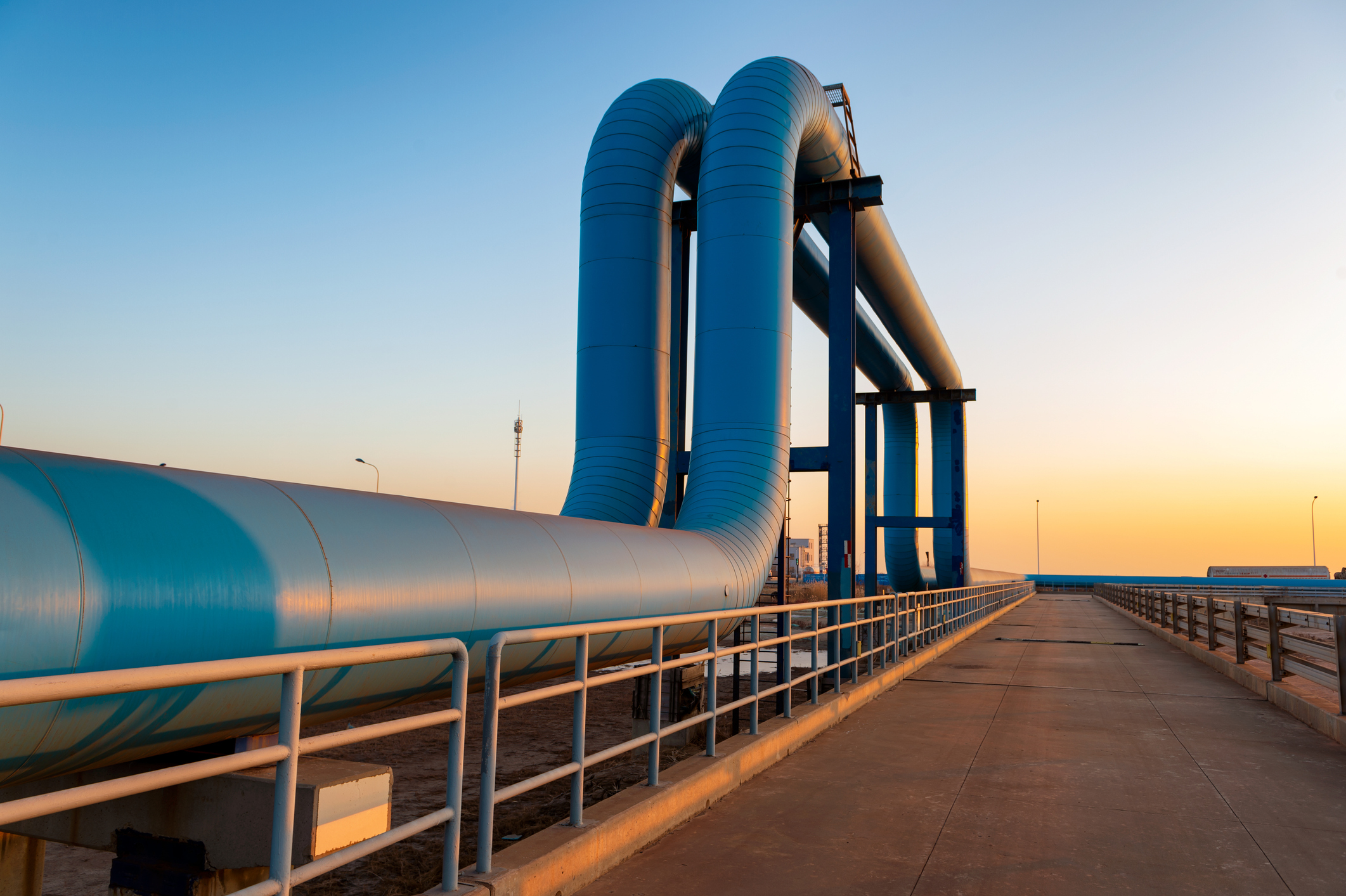
High yield: Enterprise Product Partners
- Yield: 7.0%
- Annual distribution: $2.18*
- Consecutive years of increases: 26
- Five-year dividend growth rate: 3.5%
- One-year total return: 14.8%
About 12.9 million barrels of natural gas and oil flow through Enterprise Products Partners' (EPD) pipelines per day; the cash it collects for its services flows through to shareholders' pockets in the form of the highest yield in the Dividend 15. The Houston-based limited partnership transports, stores and processes natural gas, liquid natural gas, oil, and refined petrochemical products such as gasoline and ethylene.
Enterprise could also be a Dividend 15 stalwart, as it has 26 consecutive years of payout increases. But the real story is just how much the partnership distributes: Since its initial public offering in 1998, it has returned more than $56 billion to its unit holders (the equivalent of shareholders) in distributions and buybacks. (Enterprise is a master limited partnership, which requires special attention with regard to tax accounting, even in a retirement account.)
Enterprise has managed to reward unit holders even as it has built a well-located portfolio of assets that is "nearly impossible to replicate," according to analyst Theresa Chen, of investment firm Barclays. Chen sees a double-digit price gain for the units over the next 12 months, not counting the dividend and "steady distribution increases." The units yield 7.0%. That's less than last year's 7.2%, due to a nearly 8% gain in price over the past year. The total return was 14.8% — not a bad trade-off.
* Distributions are similar to dividends but are treated as tax-deferred returns of capital and require different paperwork come tax time.
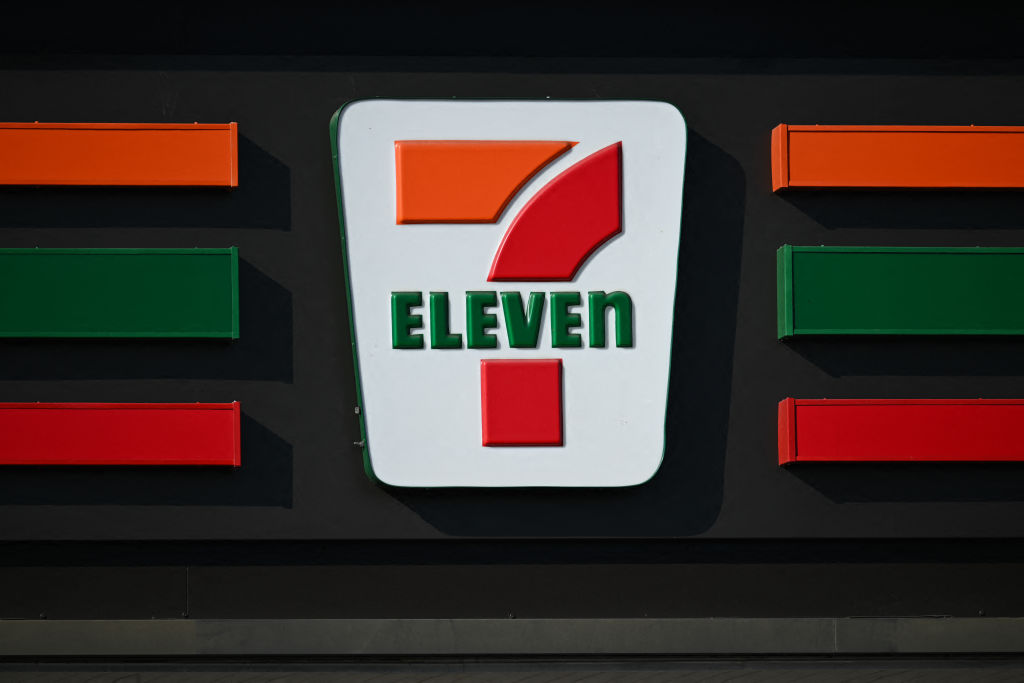
High yield: Realty Income
- Yield: 5.3%
- Annual dividend: $3.23
- Consecutive years of increases: 30
- Five-year dividend growth rate: 2.9%
- One-year total return: 0.9%
Realty Income (O) takes paying its investors seriously. It has trademarked the phrase "The Monthly Dividend Company" to let stockholders know the checks come 12 times a year, not four. And the real estate investment trust (REIT) has boosted that payment on an annualized basis for 30 years in a row.
The REIT is one of the largest owners of what's called triple-net properties, where renters pay for most of the improvements and maintenance. That keeps Realty Income's capital expenses low and cash flow high. Its portfolio is concentrated on grocers, druggists and dollar stores, which are more likely to weather an economic downturn than fancy-pants retailers. A bonus: Realty Income is continuing a European expansion that promises diversification beyond the U.S.
If you haven't bought into the story already, you won't get it at a discount right now; most analysts view Realty Income as fairly valued and have a Hold rating on the shares. That said, you won't grossly overpay, either, as the shares currently trade right around analysts' average 12-month target price. If interest rates fall faster than expected, however, those targets could be too low.
Jefferies analyst Linda Tsai is one of the bulls. She expects the stock to trade at $65 a share within the next 12 months, but she says $78 is possible if Realty Income acquires more properties than expected and surprises on its occupancy rates. The stock currently yields 5.3%.
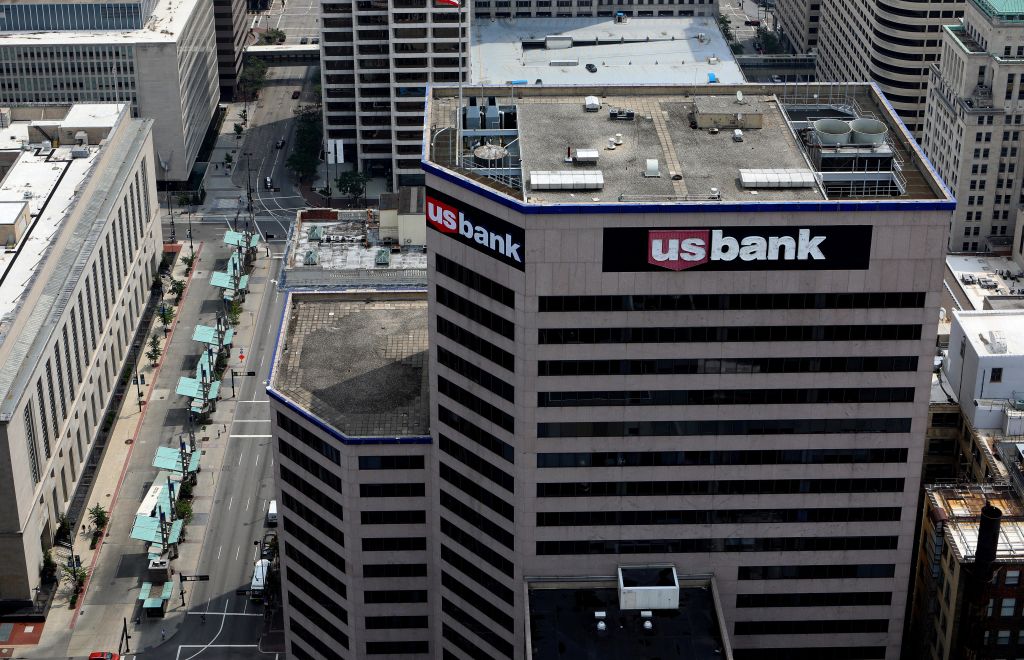
High yield: U.S. Bancorp
- Yield: 4.3%
- Annual dividend: $2.086
- Consecutive years of increases: 14
- Five-year dividend growth rate: 4.6%
- One-year total return: 10.1%
We're adding Minneapolis-based U.S. Bancorp (USB) to the Kiplinger Dividend 15, with an average dividend yield over the past five years of 4.0%, to our list of high payers. It's the parent of U.S. Bank, which has more than 2,000 branches in 26 states, primarily in the Midwest and West.
We like the company's long track record of racking up profits. U.S. Bancorp "is one of the most profitable regional banks we cover," says Morningstar analyst Maoyuan Chen. "Few domestic peers can match its operating efficiency and returns over the past 15 years."
U.S. Bank has a large payment-processing business to go along with corporate trust, wealth management and mortgage banking divisions. What it does not have is a trading business, which can produce volatile results. Chen calls the company's portfolio "a unique mix of fee-generating businesses that sets it apart from most regional peers."
The shares trade at just 11 times estimated earnings. U.S. Bancorp currently pays a quarterly dividend of 52 cents, which it bumped up by 2 cents, or 4% year over year, in September. That equates to a 4.3% annual yield.
Note: This item first appeared in Kiplinger Personal Finance Magazine, a monthly, trustworthy source of advice and guidance. Subscribe to help you make more money and keep more of the money you make here.
Related content
Profit and prosper with the best of Kiplinger's advice on investing, taxes, retirement, personal finance and much more. Delivered daily. Enter your email in the box and click Sign Me Up.

David Milstead joined Kiplinger Personal Finance as senior associate editor in May 2025 after 15 years writing for Canada's Globe and Mail. He's been a business journalist since 1994 and previously worked at the Rocky Mountain News in Denver, the Wall Street Journal, and at publications in Ohio and his native South Carolina. He's a graduate of Oberlin College.
-
 9 Types of Insurance You Don't Need
9 Types of Insurance You Don't NeedFinancial Planning If you're paying for these types of insurance, you may be wasting your money. Here's what you need to know.
-
 Are You Putting Yourself Last? The Cost Could Be Your Retirement
Are You Putting Yourself Last? The Cost Could Be Your RetirementIf you're part of the sandwich generation, it's critical that you don't let the needs of your aging parents come at the expense of your future.
-
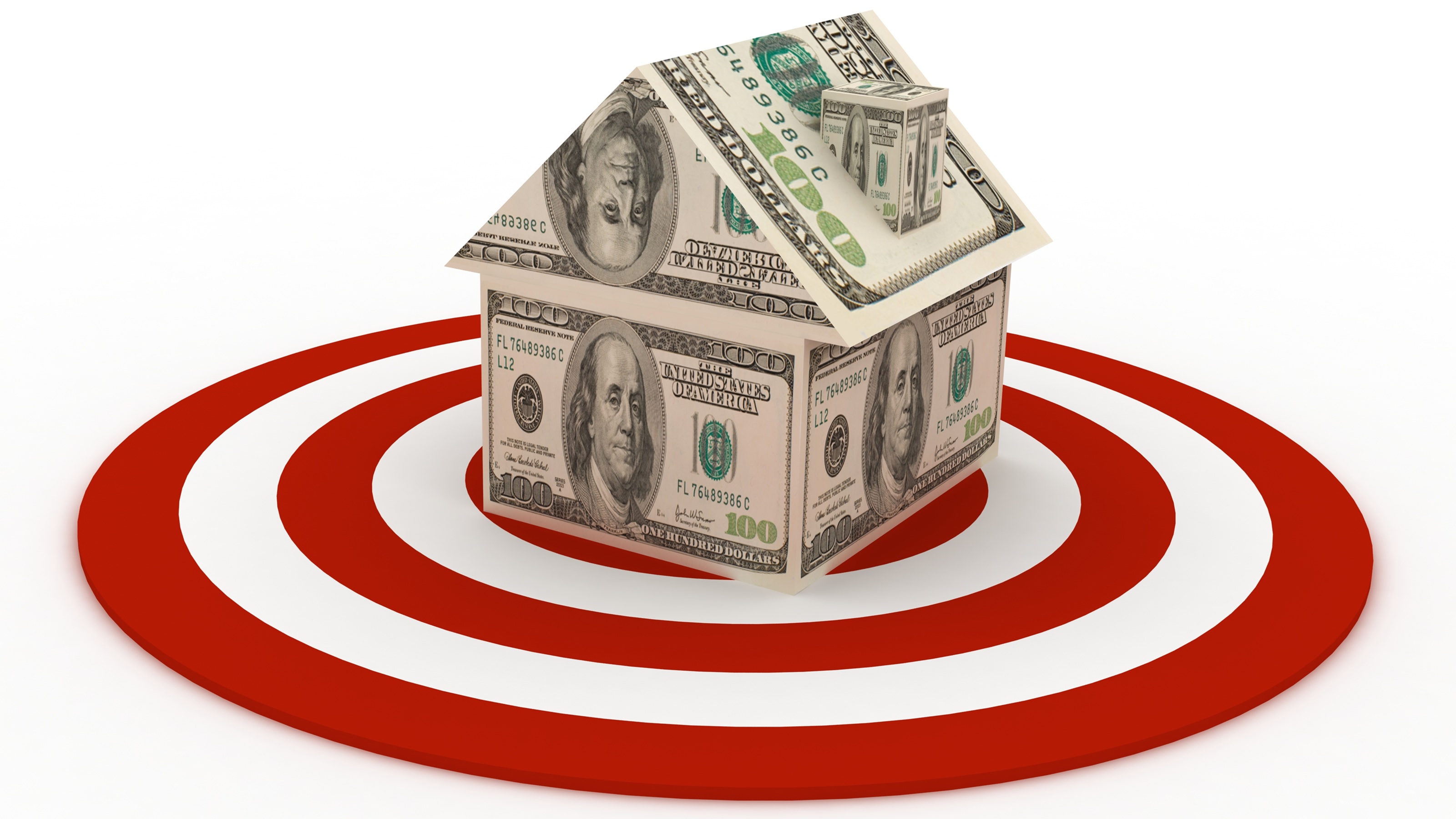 Time to Prepare for Disasters Like They Could Happen to You
Time to Prepare for Disasters Like They Could Happen to YouYou can no longer have the mindset that "that won't happen here." Because it absolutely could. As we head into 2026, consider making a disaster plan.
-
 Are You Putting Yourself Last? The Cost Could Be Your Retirement Security
Are You Putting Yourself Last? The Cost Could Be Your Retirement SecurityIf you're part of the sandwich generation, it's critical that you don't let the needs of your aging parents come at the expense of your future.
-
 I'm an Insurance Pro: It's Time to Prepare for Natural Disasters Like They Could Happen to You
I'm an Insurance Pro: It's Time to Prepare for Natural Disasters Like They Could Happen to YouYou can no longer have the mindset that "that won't happen here." Because it absolutely could. As we head into 2026, consider making a disaster plan.
-
 The Future of Philanthropy Is Female: How Women Will Lead a New Era in Charitable Giving
The Future of Philanthropy Is Female: How Women Will Lead a New Era in Charitable GivingWomen will soon be in charge of trillions in charitable capital, through divorce, inheritance and their own investments. Here's how to use your share for good.
-
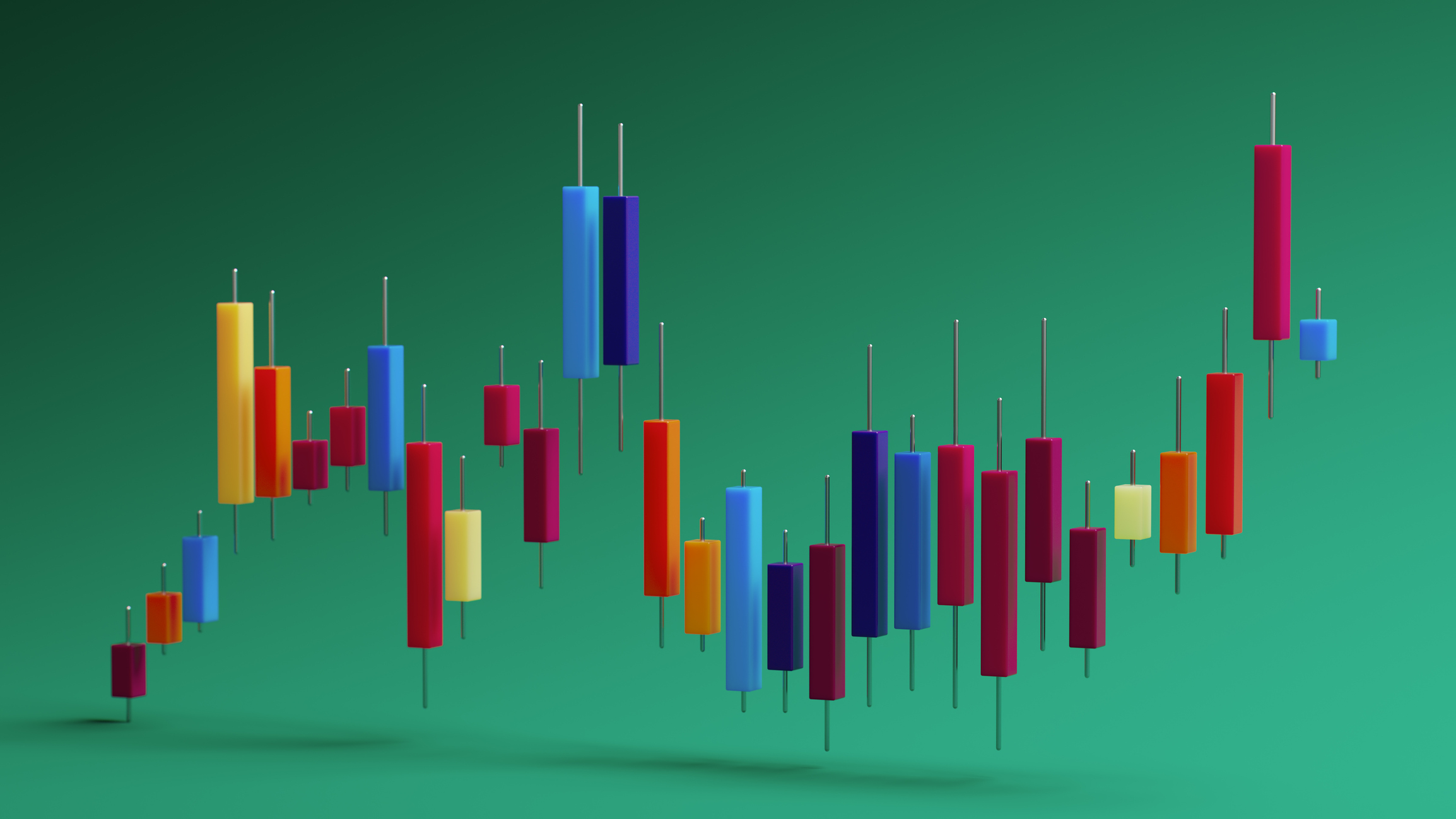 Cooler Inflation Supports a Relief Rally: Stock Market Today
Cooler Inflation Supports a Relief Rally: Stock Market TodayInvestors, traders and speculators welcome much-better-than-hoped-for core CPI data on top of optimism-renewing AI earnings.
-
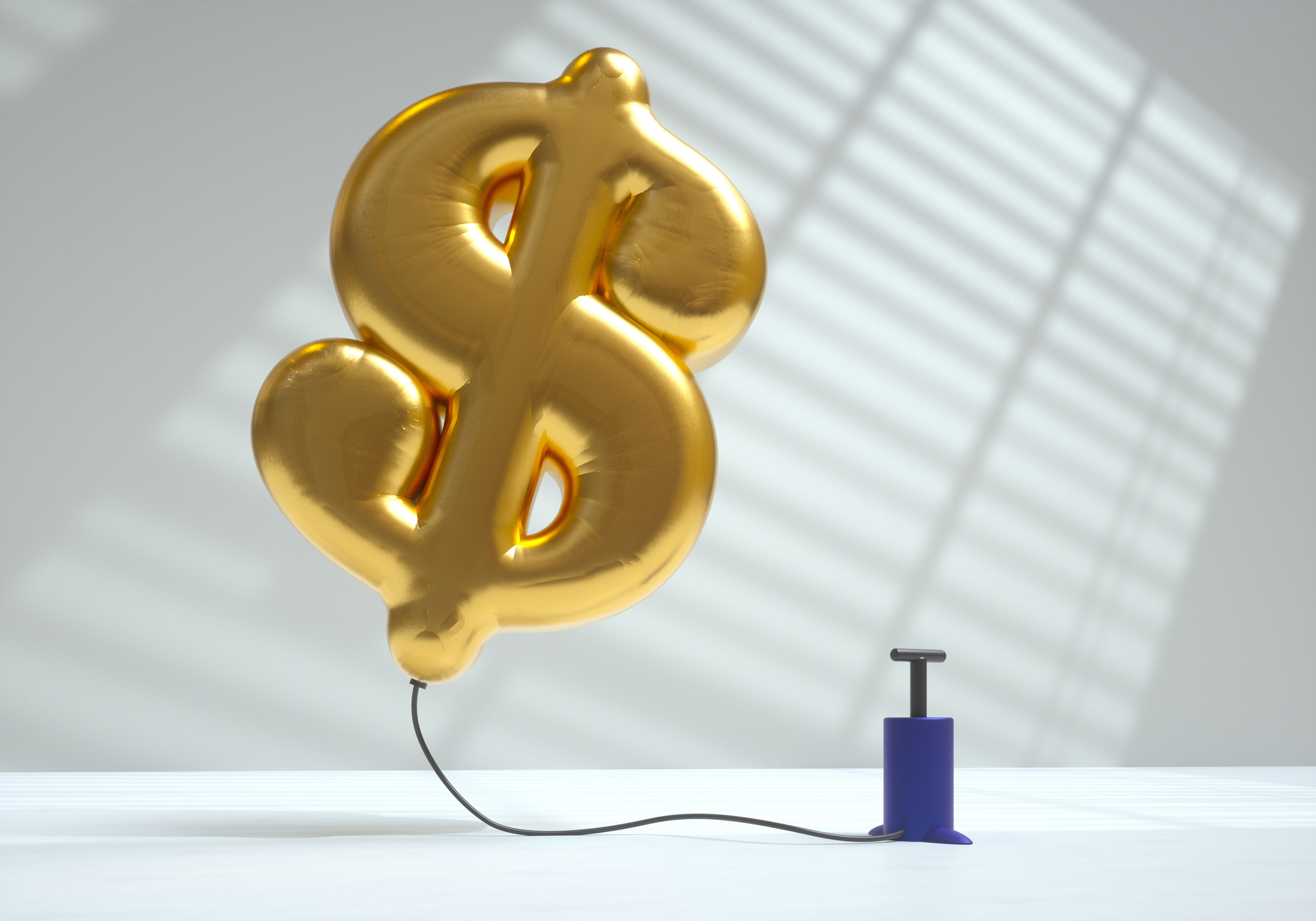 The November CPI Report Is Out. Here's What It Means for Rising Prices
The November CPI Report Is Out. Here's What It Means for Rising PricesThe November CPI report came in lighter than expected, but the delayed data give an incomplete picture of inflation, say economists.
-
 5 Smart Things to Do With Your Year-End Bonus, From a Financial Professional
5 Smart Things to Do With Your Year-End Bonus, From a Financial ProfessionalAfter you indulge your urge to splurge on a treat, consider doing adult things with the extra cash, like paying down debt, but also setting up a "fun fund."
-
 Are You a Gen X Investor? Here's How You Can Protect Your Portfolio From an AI Bubble
Are You a Gen X Investor? Here's How You Can Protect Your Portfolio From an AI BubbleAmid talk of an AI bubble, what's the best course of action for investors in their 50s and 60s, whose retirement savings are at risk from major market declines?
-
 Hey, Retirees: Put Your Charitable Gifts in a Donor-Advised Fund (and Enjoy Your Tax Break)
Hey, Retirees: Put Your Charitable Gifts in a Donor-Advised Fund (and Enjoy Your Tax Break)A donor-advised fund is a simple (really!), tax-smart strategy that lets you contribute a large, tax-deductible gift now and then distribute grants over time.
